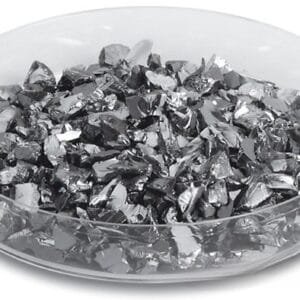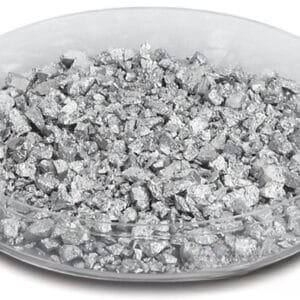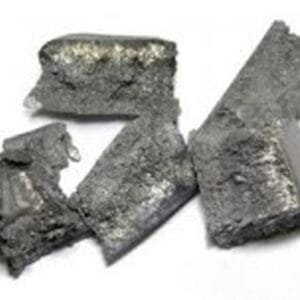TFM specializes in producing high-purity copper chrome evaporation materials, an alloy containing copper (Cu) and chromium (Cr) that is essential in achieving high-quality deposited films in various deposition processes. Our materials, with purity levels reaching up to 99.9995%, are manufactured using stringent quality assurance protocols, ensuring consistent product performance and reliability.
Related Products: Copper Evaporation Materials, Chrome Evaporation Materials
Copper Chrome Evaporation Materials Application
Copper chrome evaporation materials are utilized in a range of advanced applications, including:
- Deposition Processes: Integral in semiconductor deposition, chemical vapor deposition (CVD), and physical vapor deposition (PVD) techniques, ensuring the production of high-quality films.
- Optical Applications: Used for enhancing wear protection, creating decorative coatings, and improving display technologies.
Copper Chrome Evaporation Materials Packaging
Our copper chrome evaporation materials are meticulously packaged to prevent any damage during storage or transportation, preserving their quality and ensuring they remain in optimal condition upon delivery.
Contact TFM
TFM is a premier manufacturer and supplier of high-purity copper chrome evaporation materials, offering a broad selection of evaporation pellets in both powder and granule forms. We also provide customized solutions to meet specific requirements. For current pricing and inquiries about our evaporation materials or other deposition products not listed, please contact us directly.


 MSDS File
MSDS File



Reviews
There are no reviews yet.